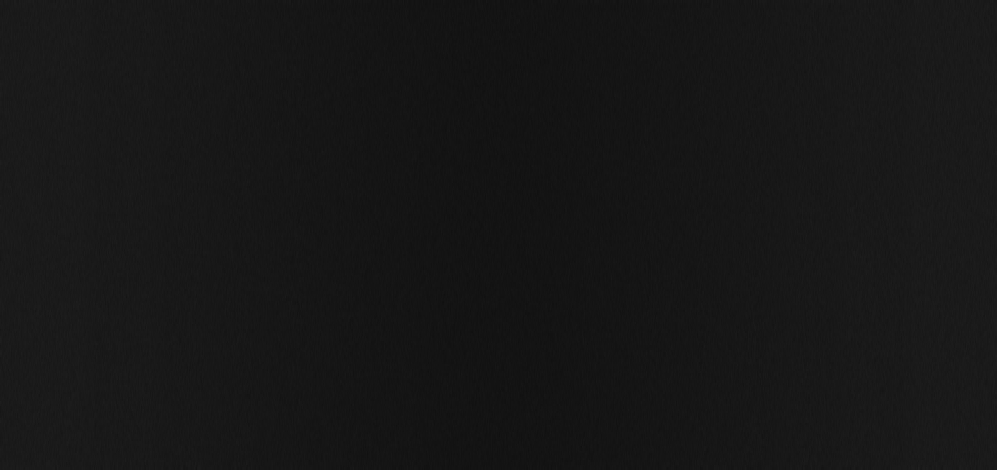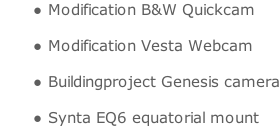



Copyright © All rights reserved. Made By Erik Bryssinck Terms of use | Privacy policy














57P/DU TOIT-
|
Observation date |
image |
Photometry (FOCAS) |
Afρ |
astrometry |
Observatory |
|
X |
X |
|
X |
B96 - |
|
|
X |
X |
X |
X |
X02 - |
|
|
|
|
|
|
|
|
|
|
|
|
|
|
|
|
|
|
|
|
|
|
|
|
|
|
|
|
|
|
|
|
|
|
|
|
Photometric data obtained from FOCAS-
10x10 20x20 30x30 40x40 50x50 60x60 SNR SB COD
OBJECT DATE TIME +/-
-
57P 20/09/2015 23:04:05 16.83 16.05 15.60 15.30 15.10 14.94 6.5 17.7 B96
57P 20/09/2015 23:04:05* 0.01 0.01 0.02 0.02 0.03 0.08 2 3.8 USN
57P 20/10/2021 00:34:12 13.41 12.73 12.49 12.34 12.26 12.20 24.6 17.4 X02
57P 20/10/2021 00:34:12* 0.02 0.04 0.01 0.03 0.04 0.05 3 2.8 Gai
AFRHO LOG
COMET UTC DELTA r BOX " MAG RSR CM +/-
-
57P 20/09/2015 23:04:05 1.04 2.04 26.40 15.77 7 22 3 1.333 B96
57P 20/10/2021 00:34:12 1.85 1.72 14.91 13.04 25 593 24 2.773 X02
Discovery:
Daniel du Toit (Harvard College Observatory, Boyden station, Bloemfontein, South Africa) discovered this comet on 1941 July 18. He described it as magnitude 10. Wartime conditions prevented the cabled information from reaching Harvard College Observatory (Massachusetts, USA) until July 27. At that time, the information was held pending confirmation. Unbeknownst to astronomers in Massachusetts, Paul Ahnert (Sonneberg, Germany) confirmed the discovery on July 22.01, but this message would not arrive until the first days of September. Meanwhile, Grigory N. Neujmin (Simeis Observatory, Russia) was routinely examining photographic plates exposed for asteroids. On a plate exposed on July 25.87 he made an independent discovery of the same comet. He estimated the magnitude as 9. Neujmin confirmed his observation on July 29.90, and radiogrammed the news from Moscow to Harvard, but the same wartime conditions caused this message to take nearly 20 days to arrive, thus, keeping the official announcement from being widely published until August 22. A few days later, word came that Eugéne Joseph Delporte (Royal Observatory, Uccle, Belgium) had independently found this comet on August 19.87. He had estimated the magnitude as 9, and said the comet was diffuse, with a central condensation.
Recovery:
The comet was not seen at its expected 1952 return, despite a likely maximum brightness of 13. A. S. Sotchilina pointed out that the comet passed 0.656 AU from Jupiter in 1954, which caused "considerable changes" to the comet's orbit. The 1958 apparition was expected to be rather favorable, with an expected maximum brightness near 12, but the comet was not found. The comet was also missed at its next return in the 1960s.
The comet was finally recovered in 1970. B. G. Marsden redetermined the 1941 orbit and found an uncertainty of ±10 days. He also computed two variation orbits. All three orbits were then integrated forward. Marsden found the comet to have passed close to Jupiter in 1954 and 1966. The former passage acted to increase the orbital period of this comet from 5.5 years to 5.9 years, while the second passage increased it to 6.6 years. Under normal circumstances, the expected error for the upcoming 1970 apparition would be assumed to be ±50 days, since five revolutions had taken place since 1941, but Marsden noted that the effects of the two Jupiter approaches acted as a mirror in that the shorter the period before 1954, the longer it would become after 1966, and vice versa. Thus, Marsden determined the perihelion date as 1970 October 8.164, and the expected error amounted to only ±5 days. Marsden added that differential perturbations in the other orbital elements would confine the comet to an even smaller area of the sky at this apparition, especially during August, when the comet would be at its brightest with an expected magnitude of 18. The comet was recovered by Charles T. Kowal (Palomar Observatory, California, USA) on 1970 July 6.22. His precisely measured position indicated Marsden's prediction required a correction of only -
Source: Kronk’s cometography)